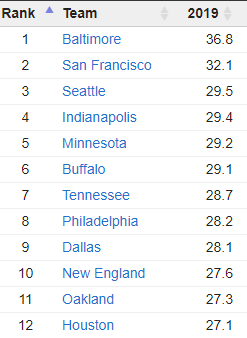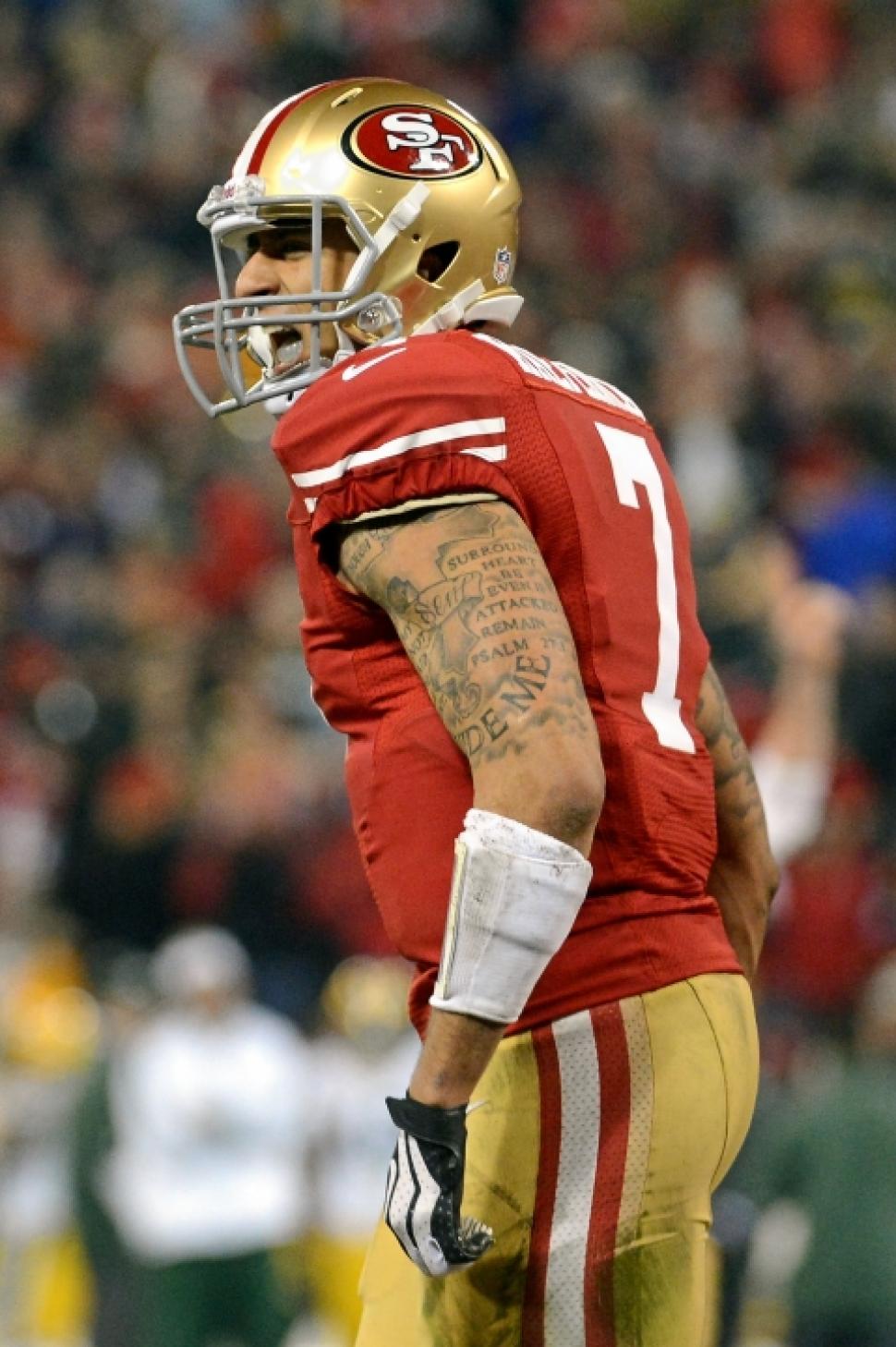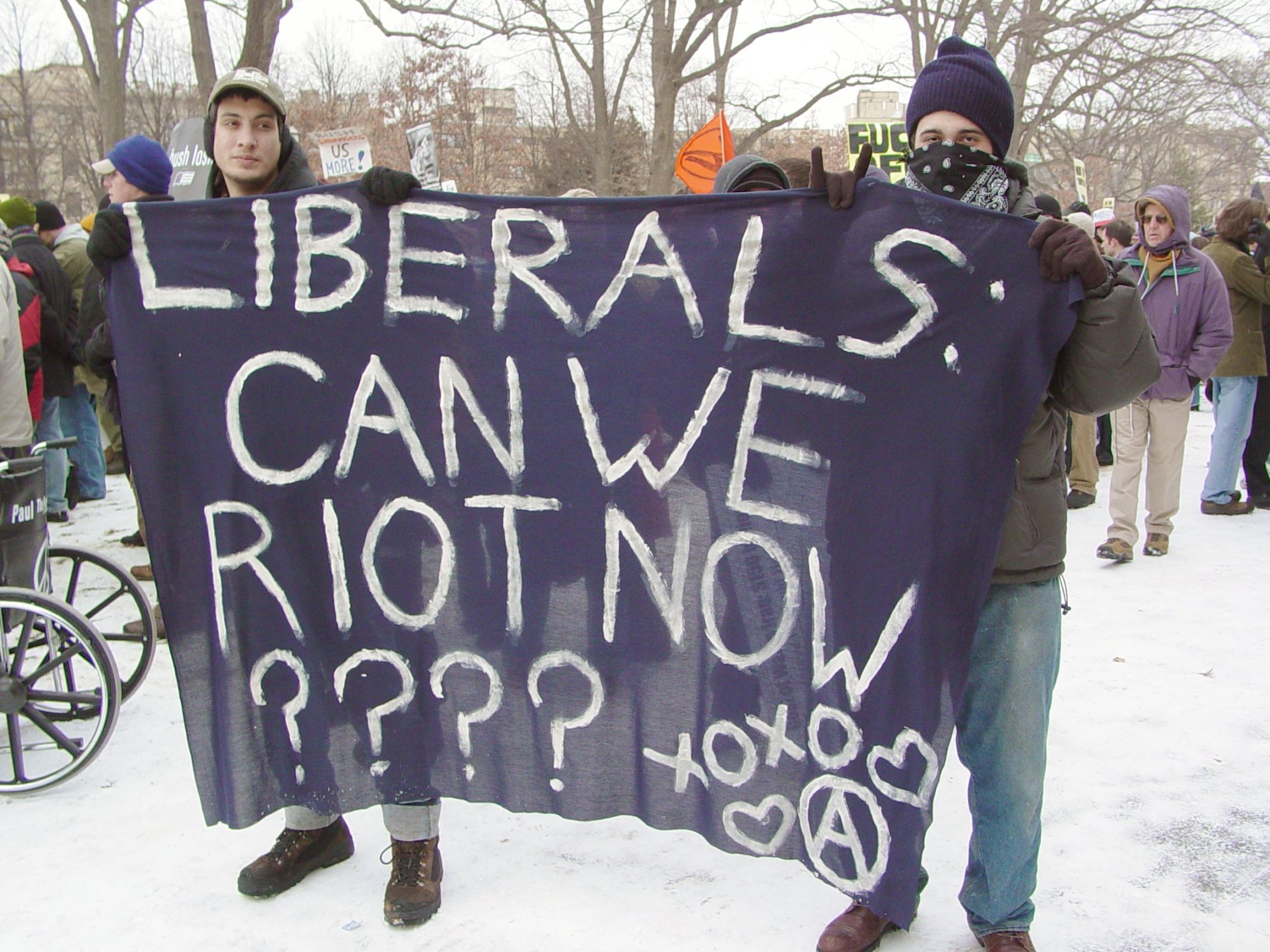This weekend No. 2 ranked women’s tennis player Naomi Osaka pulled out of the French Open because she said mandatory media availabilities were bad for her mental health and she did not want her decision to distract others. Osaka’s decision became a controversy because the French Open and certain media clout chasers chose to make it one.
You will not read any criticism of Osaka here. In an individual sport like tennis, athletes must look out for themselves because no one else is there do it. Athletes who give voice to their own mental health challenges are doing so in the context of an industry that really does not care about them. This is not a complex question, or even much of a close call.
Yet the defense of Osaka has extended into questioning the entire purpose of media availability in sports, especially press conferences. Athlete contracts require media duties, but if athletes need to be compelled to do them under the threat of fines (Marshawn Lynch, for instance), maybe they should not have to. Perhaps social media can do all this work; Osaka’s personal explanation for pulling out of the French Open did boffo numbers on Twitter.
I think if we are going to have a real conversation about all the ways media interacts with sports in the digital age, we need to be clear about the terms of the engagement. Sports still need media coverage if they wish to grow. Athletes need the media if they want to make endorsement dollars. And media is the necessary component of sports being a major societal institution, a site where protest and resistance (such as Osaka pulling out of the semis of tournament to protest police brutality) can be meaningful.
When you strip away all the context, no sport is really that interesting.
Tennis, for instance, is just two people standing 78 feet apart trying to smash fuzzy green balls past each other. Without context it might be fun to watch for a few minutes, but without being able to read meaning into the game, it gets old. What makes tennis (or basketball or any other sport) interesting is the narrativization. Once we read meaning into a game, the esoteric skills connect to an unfolding story. We may identify with an athlete on our screen, we may recognize patterns in the action, or we may come to connect the player or teams with our identities in some way.
Those connections largely originate in mediated content. Game broadcasts are the main conduit. But we also consume feature stories in newspapers, gauzy packages pregame shows, snippets in highlights or clips of interviews. A single anecdote about an athlete will be repurposed in multiple formats, so that story can reach the broadest possible audiences.
All of this helps us build parasocial relationships with sports figures. A parasocial relationship is the belief we build strong connections with mediated representations. It has been studied most deeply in fictional contexts but has been found in the case of newscasters and athletes as well. Basically, the stories we consume though media give us reasons to care about the games and the people who play them. Naomi Osaka has fans cheering on her resistance to media duties because she has developed a following through mediated representations.
The press conference is a tool of media management. The purpose is to provide access to key sources – no matter how awkward – in the hopes that journalists and will write about what the source has to say. Journalists participate because they want access to sources who just as soon would not talk to reporters. A press conference is designed so the worst reporter in the room can get the raw material they need to produce a runnable story.
Moreover, the press conference is stacked in favor of the person with the microphone. When an athlete chooses to tee off on a reporter, the athlete looks like the protagonist. Televised press conferences are bad for journalism because the contrived setting and the defensive questions mean that when audiences watch reporting being done, they understand it to be a little ridiculous. Fans usually do not form parasocial interactions with beat writers.
A press conference gives athletes the opportunity to shape what the reporters write. They can explain what happened in the match, build their own narratives, and create the basis for the parasocial connections that can be cashed in for endorsement deals. Moreover, they only talk once rather than having to answer the same questions over and over. The questions athletes get are less substantive questions because the tougher ones reflecting exclusive reporting will not be burnt in a group interview setting.
From a reporter’s perspective, the press conference is bad, but it is better than nothing.
After a year of watching games without fans in the stands, there should be no illusions about what high-level sports are, media content. The French Open needs to provide enough potential material to make it worthwhile for news organizations around the globe to send reporters for Paris for two weeks. They want this because media content about their event makes sponsorships and TV rights more valuable and protects the status of the event. Achieving the widest possible media exposure matters for every sports entity each outlet’s audience is smaller than it used to be. More media availability is needed to achieve the same reach. That reach is what makes everyone money.
Osaka opting out for French Open pressers for mental health reasons is different from dropping media availabilities entirely.
I support finding ways to make post-event availabilities more humane, but media rules never trend toward more access. As politics get more symbolic, we need critical voices to contextualize promotional narratives. Game coverage is the most common and least important thing that sports journalists do at work. It is a necessary, but minimal component of the profession.
Sports reporters are often imperfect, and no one will miss post-match filler questions if they vanish. But cutting journalists out of sports is worse in the long for everyone involved, including fans.






